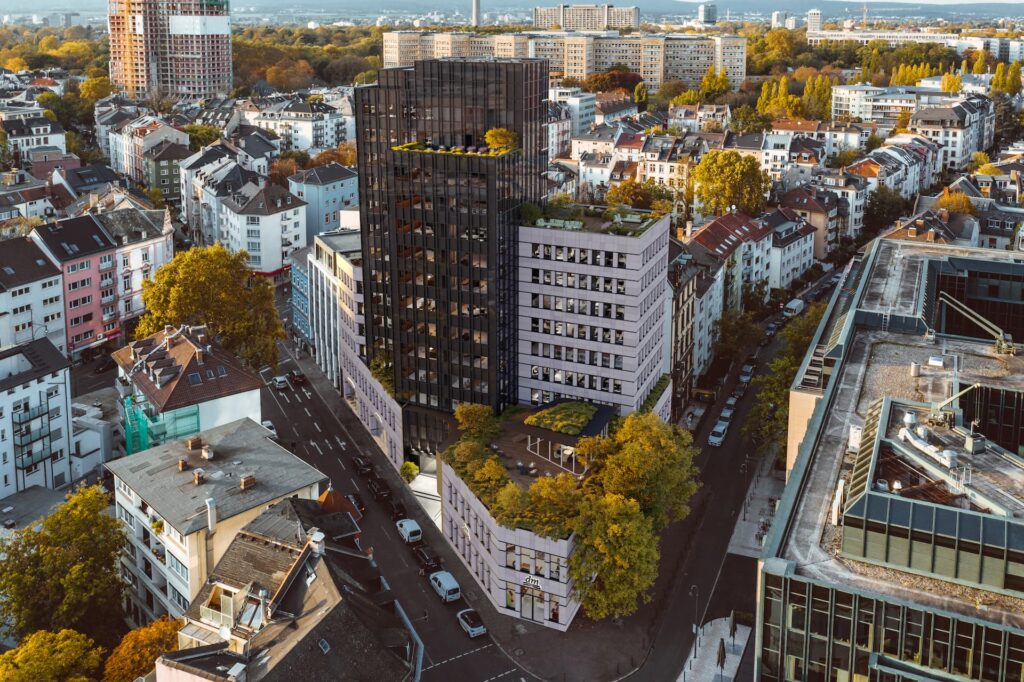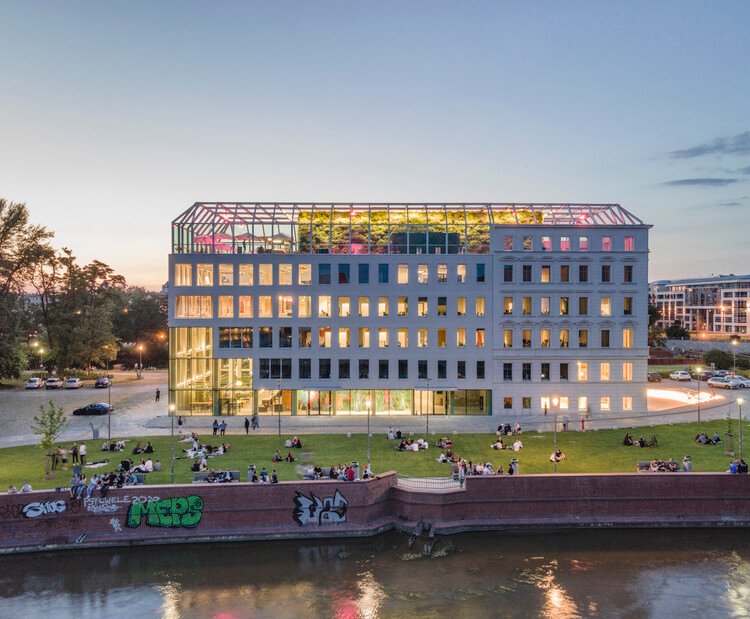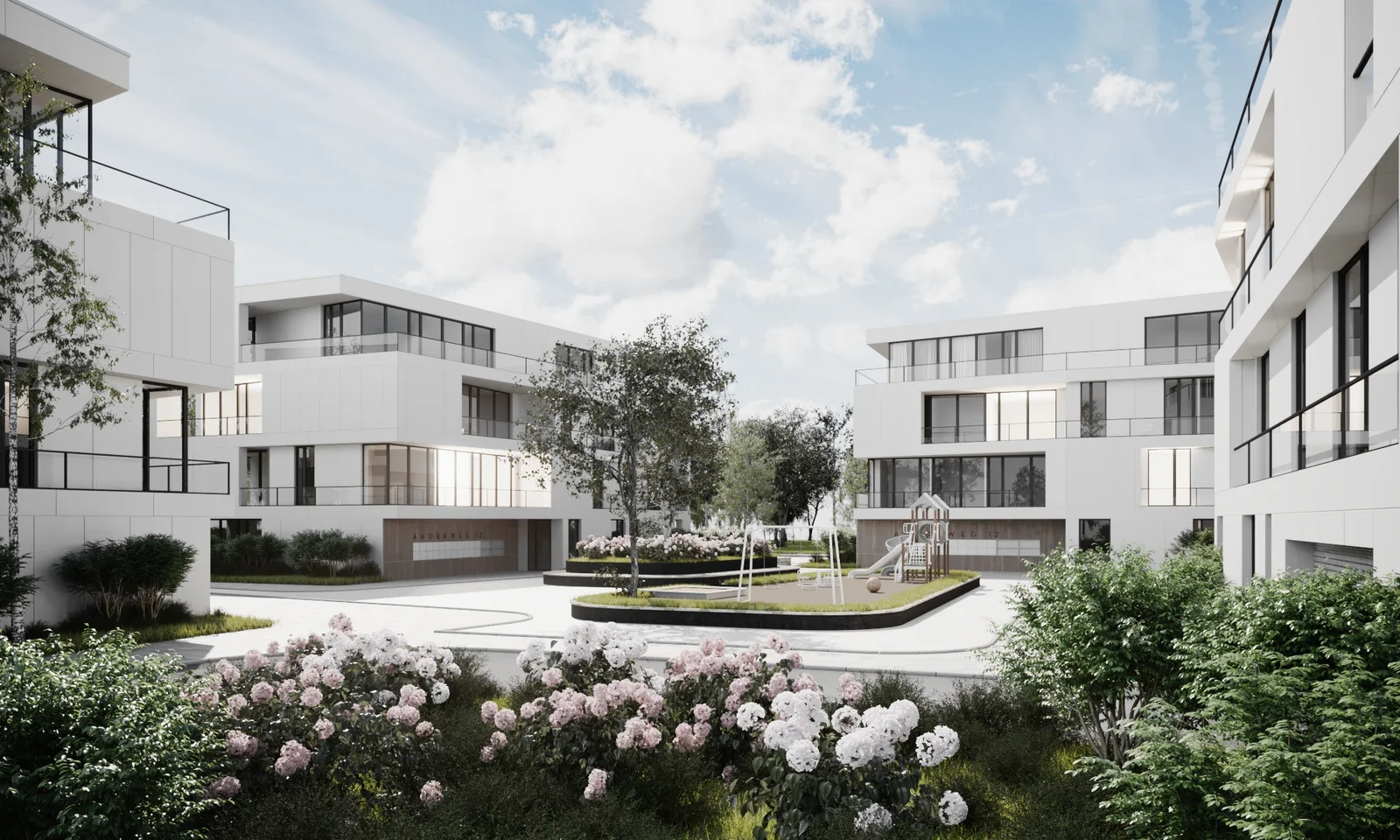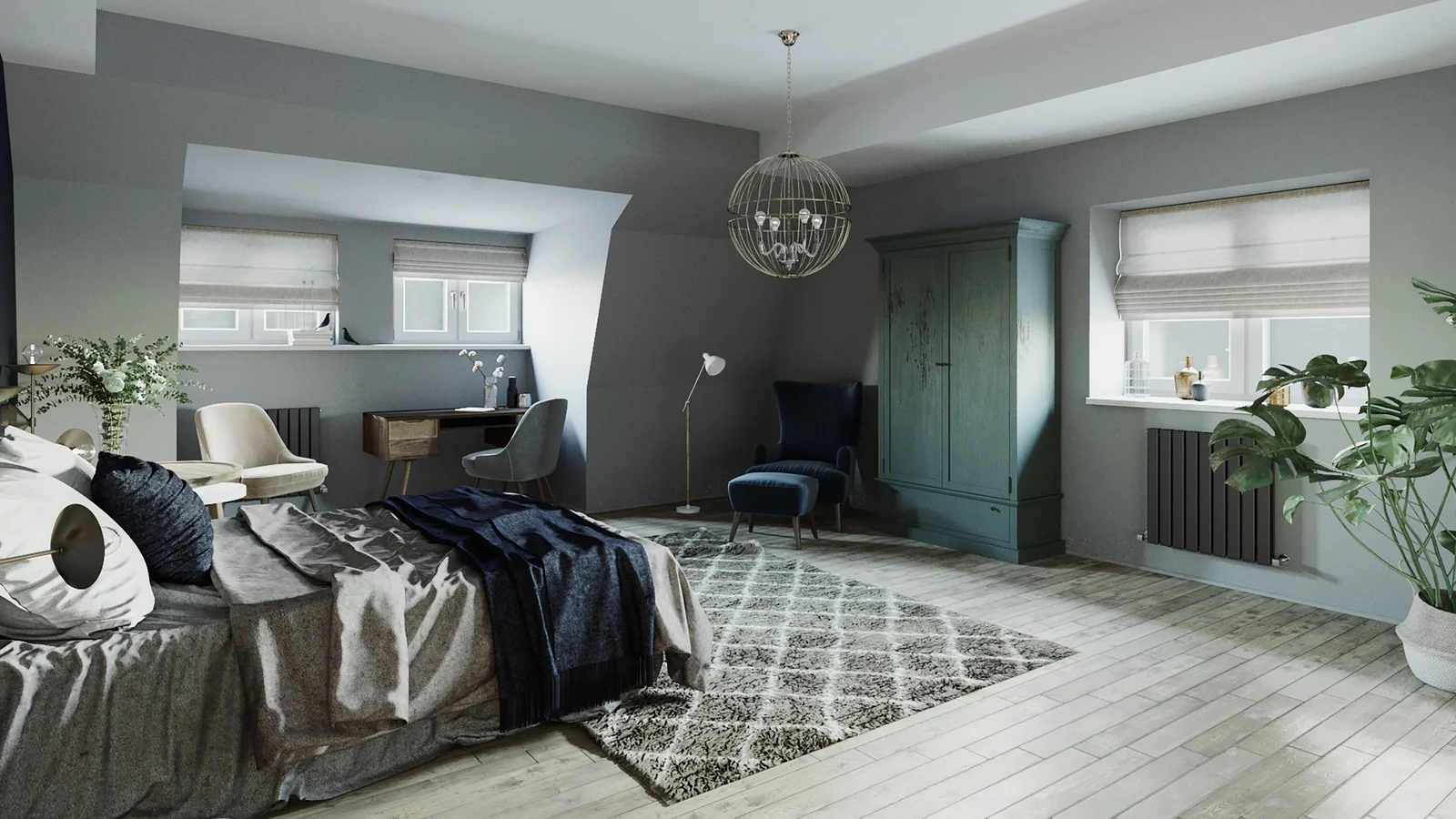The Use of Grasshopper and Rhino for Parametric Facade Design
Parametric facade design represents a revolution in the architectural world, leveraging the power of digital tools to create dynamic, adaptive structures. At the forefront of this movement are two software tools: Grasshopper and Rhino. In this blog post, we will explore how these two tools are used in the parametric facade design process, and how they contribute to the creation of innovative, efficient, and aesthetically pleasing structures.
The Fundamentals of Parametric Facade Design
Before delving into how Grasshopper and Rhino fit into the picture, it’s crucial to understand the basics of parametric facade design. It’s an approach to architectural design that relies on algorithmic thinking and the use of software to generate complex geometries and forms that are not only aesthetically appealing but also functional and efficient.
Defining Parametric Facade Design
Parametric facade design is essentially a process by which architects design buildings’ exteriors (or facades) using mathematical algorithms to manipulate certain parameters, such as size, shape, and orientation. This computational design approach allows the creation of intricate and complex designs that can adapt to a wide range of environmental conditions and user requirements.
Benefits of Parametric Facade Design
The advantages of parametric facade design are many. For one, it allows architects to use environmental data, such as sunlight and wind patterns, to inform the design of the facade. This can result in buildings that are more energy-efficient, comfortable, and aesthetically pleasing. Secondly, it allows for a higher degree of customization, as every aspect of the design can be tweaked and adjusted according to specific needs and preferences. Finally, it can lead to more efficient construction processes, as the digital models created can be directly used in digital fabrication processes.
## H2: Understanding the Basics of Grasshopper and Rhino for Parametric Facade Design
What is Rhino and How is it used in Parametric Facade Design?
Rhino, or Rhinoceros, is a powerful design software that can create, edit, analyze, document, render, animate, and translate NURBS* curves, surfaces, and solids, point clouds, and polygon meshes. It’s popular in industries like industrial design, architecture, marine design, jewelry design, automotive design, CAD / CAM, rapid prototyping, as well as for graphic design and multimedia work.
In parametric facade design, Rhino is used to create the initial design and form of the building. It’s capable of producing highly complex and detailed 3D models, providing designers with a high level of control over the aesthetic and functional aspects of the design.
The Role of Grasshopper in Parametric Facade Design
Grasshopper, a plugin for Rhino, is a visual programming language that allows designers to create more complex, parametric designs that can be easily adjusted and manipulated. This makes it an invaluable tool in the world of parametric facade design.
Grasshopper allows architects and designers to experiment with different design parameters and see the results in real-time, without having to manually redraw or re-model the entire design. This greatly increases the efficiency of the design process and allows for much more intricate and individual designs.
The Benefits of Using Grasshopper and Rhino for Parametric Facade Design
Increased Design Flexibility and Efficiency
One of the main benefits of using Rhino and Grasshopper in parametric facade design is the increased flexibility they offer. Designers can easily make adjustments to the design and instantly see the effects of those changes. This allows for a more iterative and experimental design process, where designers can try out different ideas and see what works best.
Furthermore, the use of Grasshopper and Rhino can greatly increase the efficiency of the design process. Traditionally, making changes to a design would require a significant amount of manual re-drawing or re-modelling. But with these tools, adjustments can be made quickly and easily, saving a significant amount of time.
Enhanced Precision and Detail
Rhino and Grasshopper also allow for a higher level of precision and detail in the design process. Rhino is capable of producing highly accurate 3D models, while Grasshopper allows for detailed parametric designs. This can result in more intricately designed facades that are tailored to the specific needs and requirements of the project. This level of precision and detail can greatly enhance the aesthetic and functional quality of the final design.
Practical Examples of Grasshopper and Rhino in Parametric Facade Design
The Swiss Re Tower in London
One notable example of the use of Grasshopper and Rhino in parametric facade design is the Swiss Re Tower in London, also known as ‘The Gherkin’. The design of this iconic building was partially created using these software tools, allowing for the creation of its distinctive, curved shape.
The Melbourne Recital Centre
Another example is the Melbourne Recital Centre in Australia. The facade of this building was designed using Rhino and Grasshopper, resulting in a complex, intricate design that would have been extremely difficult to achieve without these tools.
These are just a few examples of the many ways in which Rhino and Grasshopper can be used in parametric facade design. These tools provide designers with the flexibility, efficiency, and precision needed to create truly outstanding, innovative designs.## H2: Understanding the Basics of Grasshopper and Rhino for Parametric Facade Design
What is Rhino and How is it used in Parametric Facade Design?
Rhino, or Rhinoceros, is a powerful design software that can create, edit, analyze, document, render, animate, and translate NURBS* curves, surfaces, and solids, point clouds, and polygon meshes. It’s popular in industries like industrial design, architecture, marine design, jewelry design, automotive design, CAD / CAM, rapid prototyping, as well as for graphic design and multimedia work.
In parametric facade design, Rhino is used to create the initial design and form of the building. It’s capable of producing highly complex and detailed 3D models, providing designers with a high level of control over the aesthetic and functional aspects of the design.
The Role of Grasshopper in Parametric Facade Design
Grasshopper, a plugin for Rhino, is a visual programming language that allows designers to create more complex, parametric designs that can be easily adjusted and manipulated. This makes it an invaluable tool in the world of parametric facade design.
Grasshopper allows architects and designers to experiment with different design parameters and see the results in real-time, without having to manually redraw or re-model the entire design. This greatly increases the efficiency of the design process and allows for much more intricate and individual designs.
The Benefits of Using Grasshopper and Rhino for Parametric Facade Design
Increased Design Flexibility and Efficiency
One of the main benefits of using Rhino and Grasshopper in parametric facade design is the increased flexibility they offer. Designers can easily make adjustments to the design and instantly see the effects of those changes. This allows for a more iterative and experimental design process, where designers can try out different ideas and see what works best.
Furthermore, the use of Grasshopper and Rhino can greatly increase the efficiency of the design process. Traditionally, making changes to a design would require a significant amount of manual re-drawing or re-modelling. But with these tools, adjustments can be made quickly and easily, saving a significant amount of time.
Enhanced Precision and Detail
Rhino and Grasshopper also allow for a higher level of precision and detail in the design process. Rhino is capable of producing highly accurate 3D models, while Grasshopper allows for detailed parametric designs. This can result in more intricately designed facades that are tailored to the specific needs and requirements of the project. This level of precision and detail can greatly enhance the aesthetic and functional quality of the final design.
Practical Examples of Grasshopper and Rhino in Parametric Facade Design
The Swiss Re Tower in London
One notable example of the use of Grasshopper and Rhino in parametric facade design is the Swiss Re Tower in London, also known as ‘The Gherkin’. The design of this iconic building was partially created using these software tools, allowing for the creation of its distinctive, curved shape.
The Melbourne Recital Centre
Another example is the Melbourne Recital Centre in Australia. The facade of this building was designed using Rhino and Grasshopper, resulting in a complex, intricate design that would have been extremely difficult to achieve without these tools.
These are just a few examples of the many ways in which Rhino and Grasshopper can be used in parametric facade design. These tools provide designers with the flexibility, efficiency, and precision needed to create truly outstanding, innovative designs.







